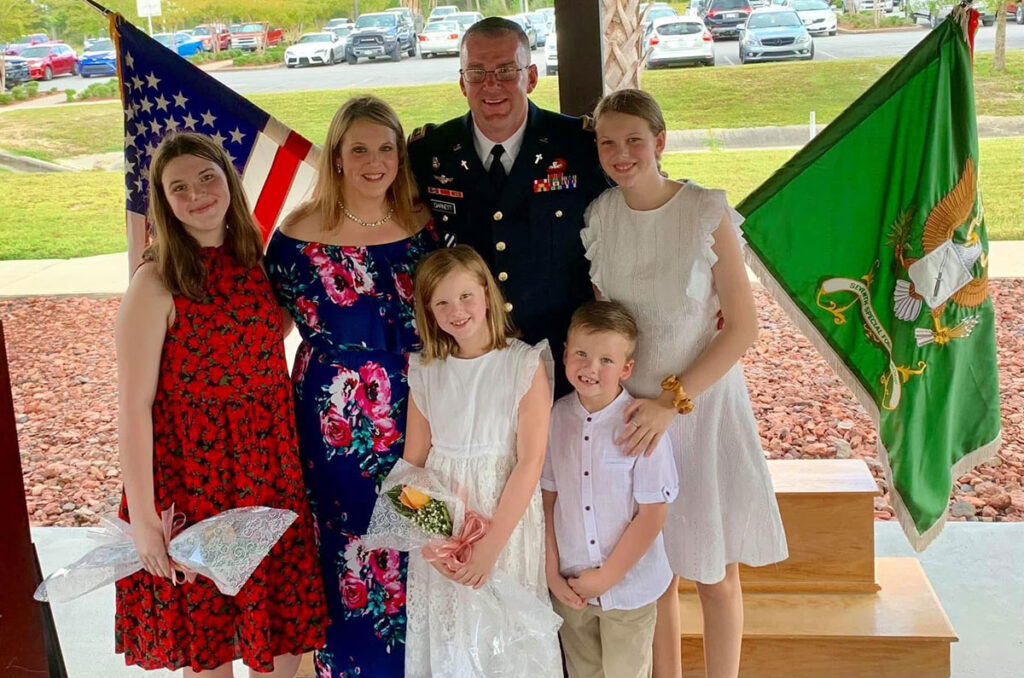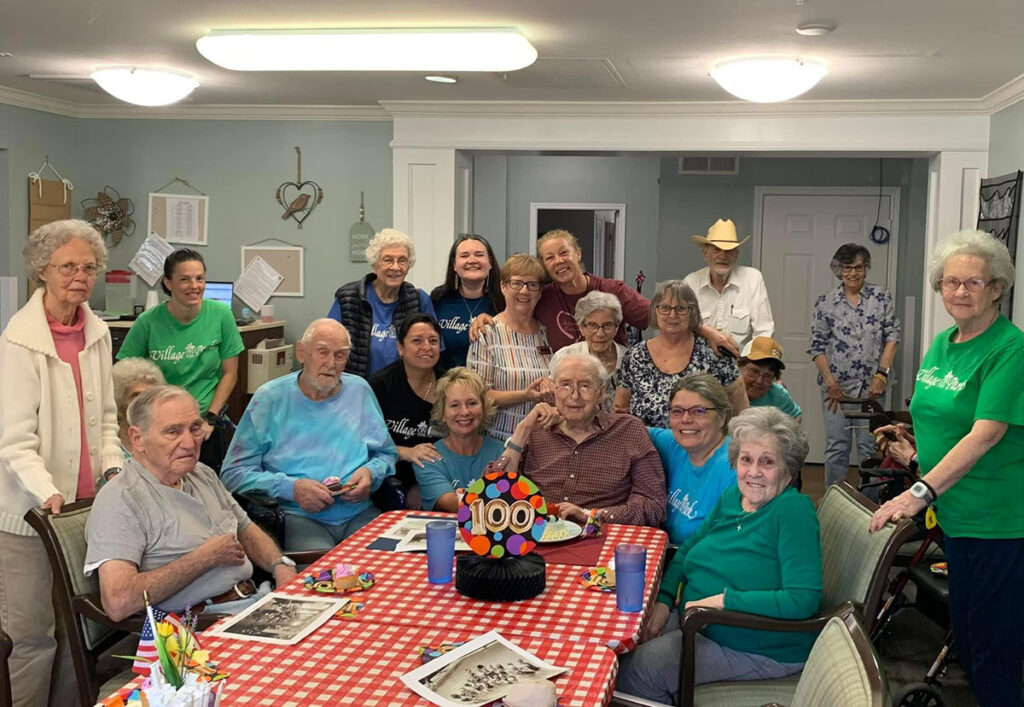When people ask me why disaster relief chaplaincy matters, I usually pause for a moment. The answer is too important to rush.
For me, it began with a yellow shirt, a hurricane, and a calling I didn’t even realize was being stirred in my soul. Over the years, that calling has grown into a burden, a privilege, and a ministry unlike any other. I’ve served as a pastor, professor, and carpenter, and while each role taught me something valuable, it’s chaplaincy through disaster relief (DR) that has shaped me in the most unexpected ways.
Let me walk you through why this ministry matters.
A History of Service, A Future of Purpose
Southern Baptist Disaster Relief (SBDR) started humbly in 1966 with $50,000, some Royal Ambassadors, and #10 cans turned into makeshift cookstoves. That simple beginning of serving hot meals after a storm has grown into a national and international movement of compassion. Today, there are 42 state conventions engaged and ready to deploy at a moment’s notice when disaster strikes.
And that growth isn’t just in number; it’s also in scope and depth. It’s in the way we’ve stepped up to meet needs not only with physical help but also with spiritual care.
Chaplaincy didn’t come as an afterthought. It evolved as part of our cooperative commitment. Our partnership with the American Red Cross in the late 1990s opened the door for formal spiritual care deployment. Since then, we’ve developed key relationships with FEMA, U.S. Homeland Security, the Salvation Army, and other major response agencies.
Those partnerships matter because they trust us, not just as Baptists, but as trained professionals who show up ready to serve.
Chaplaincy Goes Beyond the Norm
We must recognize that disaster relief chaplaincy is its own calling. It’s different from serving in a church, the military, or law enforcement.
We’re not pastors, and we don’t lead churches. We don’t stay long-term with counselees, but we do bring hope in the worst moments of people’s lives. And that means we need a different kind of training, one that understands trauma, quick-response care, and the ministry of presence.
I used to think my experience as a pastor would prepare me for anything, but my first deployments as a DR chaplain showed me otherwise. I needed specialized tools: group crisis intervention, operational stress first aid, and victim advocacy training. I also needed mentors who had walked through ashes and floodwaters and could show me how to listen better, pray deeper, and speak less.
This isn’t the kind of ministry you ease into. It takes humility, grit, and a willingness to be uncomfortable.
The Power of Presence in Tragedy
Let me share two moments that forever changed me.
The first was in 1995, after the bombing of the Murrah Federal Building in Oklahoma City. SBDR chaplains like Joe Williams, Sam Porter, and Jack Poe stepped into the chaos. They weren’t just there to serve meals. They prayed, comforted first responders, and ministered to grieving families all under extraordinary emotional pressure.
The second was Ground Zero, just days after 9/11. The FBI called and asked specifically for SBDR chaplains. We arrived on September 13 and were stationed at the makeshift morgue, just feet from the rubble. Every set of remains pulled from the pile was laid on a wooden table. We prayed for the friends and families of each individual. We honored lives lost and stood shoulder to shoulder with those still serving in the ash. We stayed until May 31.
That kind of ministry leaves a mark on your soul.
You Can’t Pour From an Empty Cup
After those deployments, we learned some hard lessons about soul care. We had chaplains and childcare workers who pushed themselves to the brink, and we realized we had to put safeguards in place for our own health.
Now, we limit deployments to two weeks, debrief every night on site, and train chaplains to recognize signs of distress in their teammates. If you’re going to show up with a full heart, you have to take care of your own soul, too. I tell our teams, “You can’t take care of them if you’re falling apart on the inside.”
Who Can Be a Disaster Relief Chaplain?
One of the beautiful things about DR chaplaincy is that it’s not limited to seminary graduates or ordained ministers. That’s why we have so many incredible women serving as chaplains. Because the role isn’t about authority; it’s about availability and compassion.
Our chaplains come from all walks of life, but they must be thoroughly trained. Ohio requires every prospective chaplain to complete unit-specific training (feeding, flood recovery, etc.) and deploy in the field before applying for chaplaincy. From there, they go through a two-day initial chaplaincy course, train under a mentor, and complete additional courses like Critical Incident Stress Management and Operational Stress First Aid. We also require continuing education every year.
We’re not just throwing people into the fire. We’re preparing them to be a light in the middle of it.
Real Stories. Real Ministry.
Our chaplains have deployed in response to violence-related events, train derailments, and mass floods. In Uvalde, an FBI agent approached one of our teams and said, “I need two things—breakfast and prayer.”
We’ve sent teams to Europe to help after natural disasters, including floods in Valencia, Spain. I remember walking through the streets with our International Mission Board (IMB) partners, listening to survivors describe the unthinkable. A man told me how he found a young girl who had drowned, still wearing her backpack. Moments like that make you realize why our training matters.
We’ve built such a reputation that, during that deployment, a police officer told our missionary, “If you’re with Ohio, you can park there.” It wasn’t about Ohio. It was about the gold shirts, the reputation of faithful service, and presence.
The Local Church Still Matters Most
Disaster relief begins and ends with the local church. When we deploy, we partner with a local Southern Baptist church. That’s our anchor. It’s also where the ministry continues once we’ve packed up and gone home. I often ask homeowners, “Can I give your name and number to Pastor Joe? He’d love to follow up.” Chaplaincy can open the door, but it’s the local church that keeps it open.
We also want our churches to be disaster-ready. We’re working with pastors to equip congregations for local response so they can minister when we can’t get there fast enough.
The Reputation We Carry
We’re not trying to make headlines, but our reputation still matters. Emergency managers in Ohio know us. One even said publicly, “They’re faith-based, but they do such good work we’re willing to overlook that.” I’ll take that. Because it means we’re showing up with competence and compassion.
The Salvation Army has asked our chaplains to deploy with their canteen teams. The Red Cross trusts us to serve, even if they’re a bit more restrictive with spiritual care. We’re known not just for what we believe, but for how we serve, and that opens doors.
To Those Considering This Call
If you’re wondering whether DR chaplaincy is for you, let me say this: it’s not easy. It will break your heart, but it will also strengthen your faith.
You’ll cry with strangers. You’ll hold hands with the grieving. You’ll pray with responders who haven’t slept in days. You’ll serve meals, comfort children, and walk through neighborhoods no one wants to see again.
And in the middle of all that, you’ll find Jesus already there, moving in ways you didn’t expect. If you feel that nudge, don’t ignore it. Get trained. Get mentored. Show up because disaster relief chaplaincy matters, and we need you.
Adapted from a quarterly webinar presented by the NAMB Chaplaincy team. Learn more about becoming an SBC-endorsed chaplain.
Published July 31, 2025

